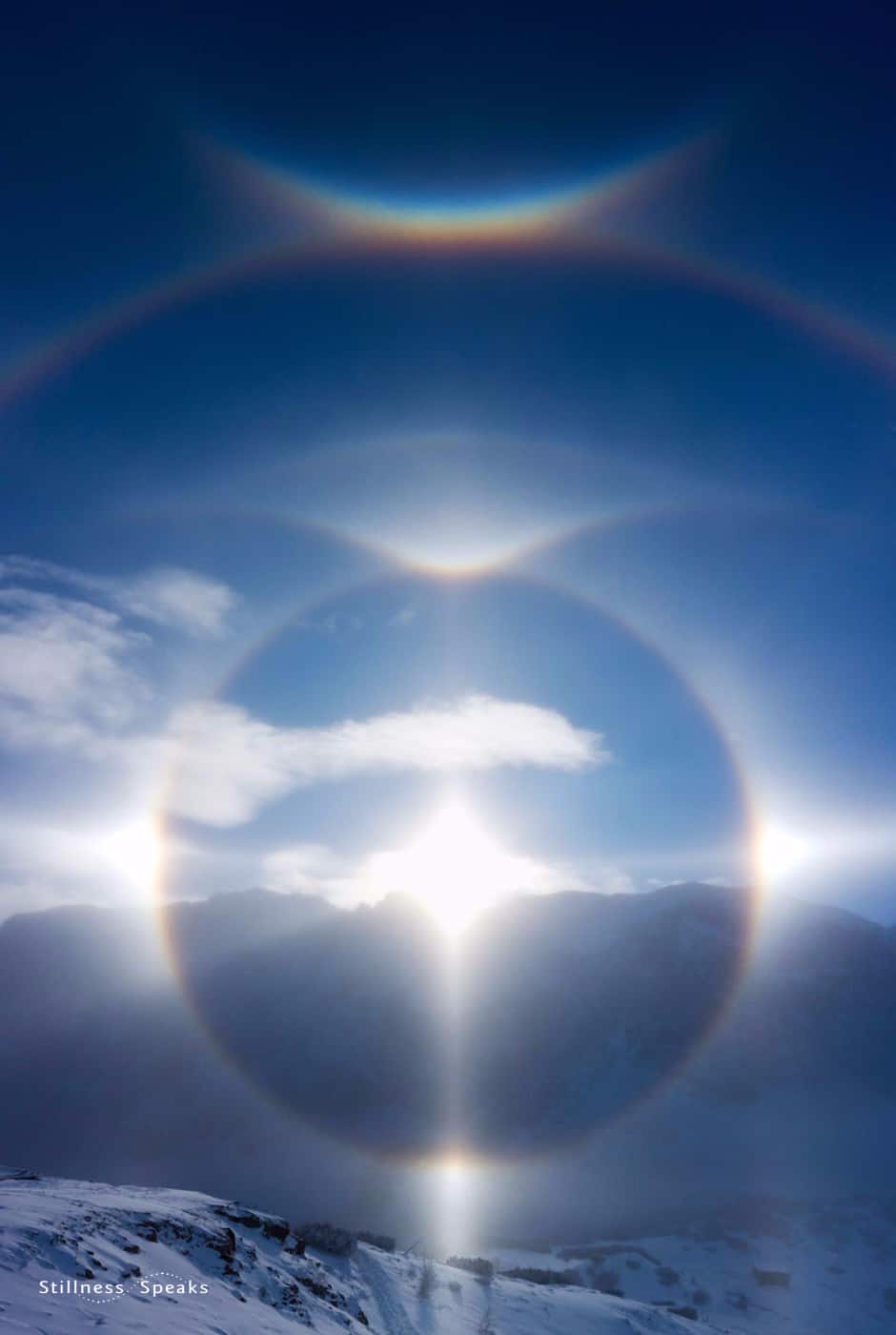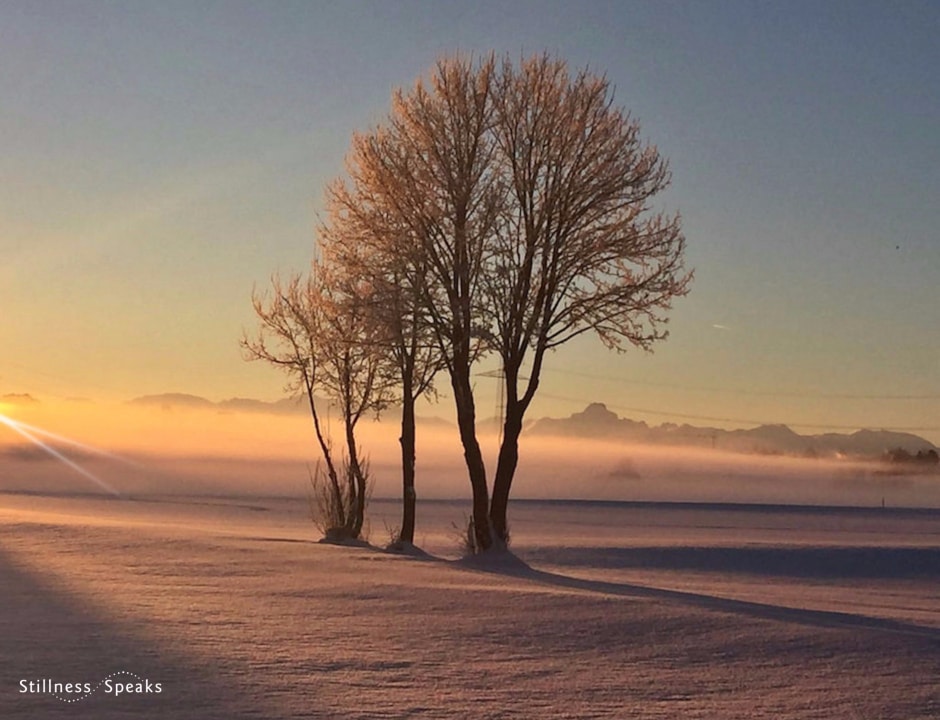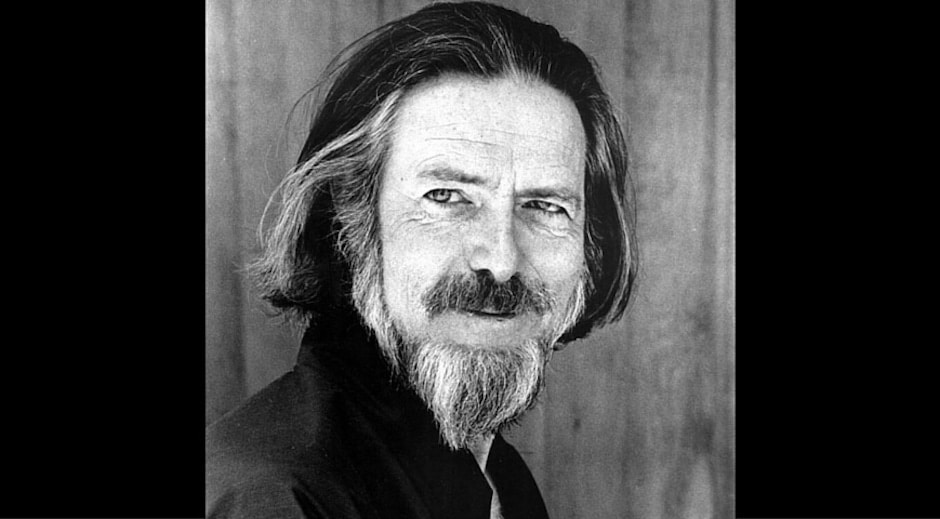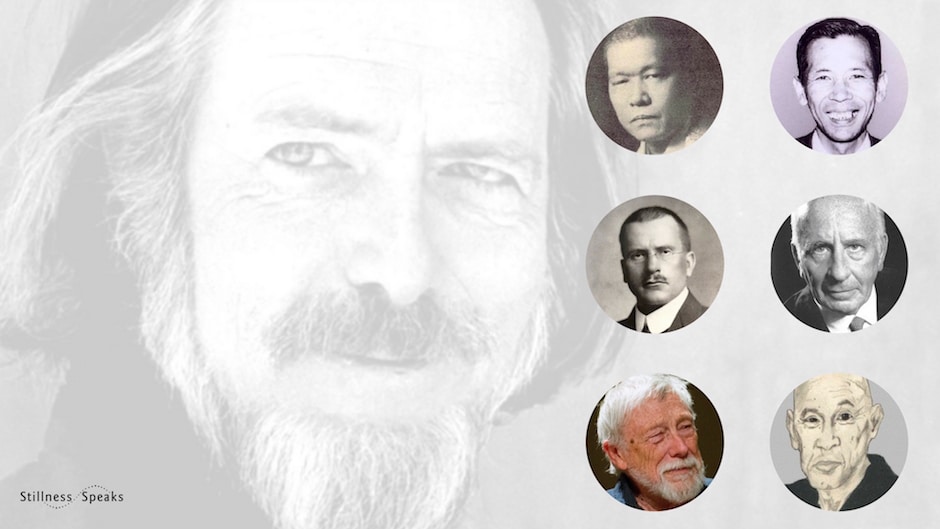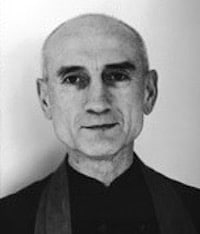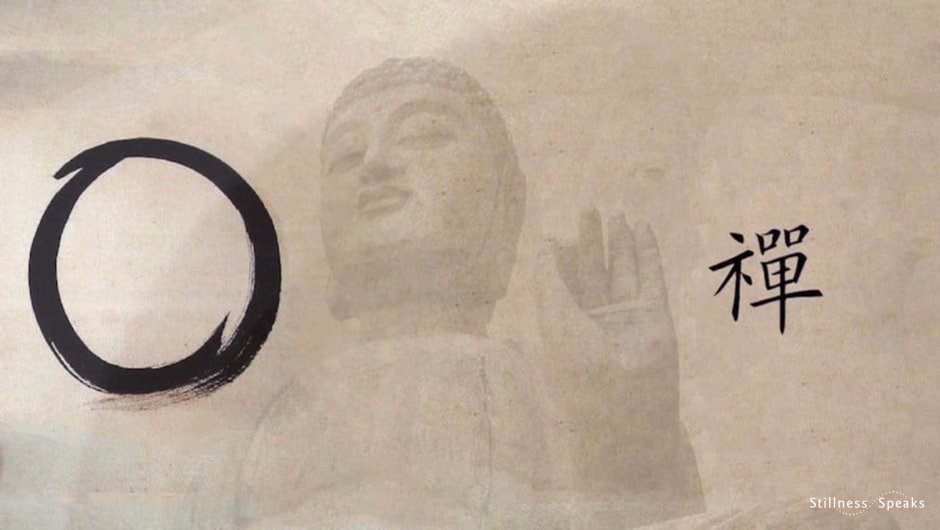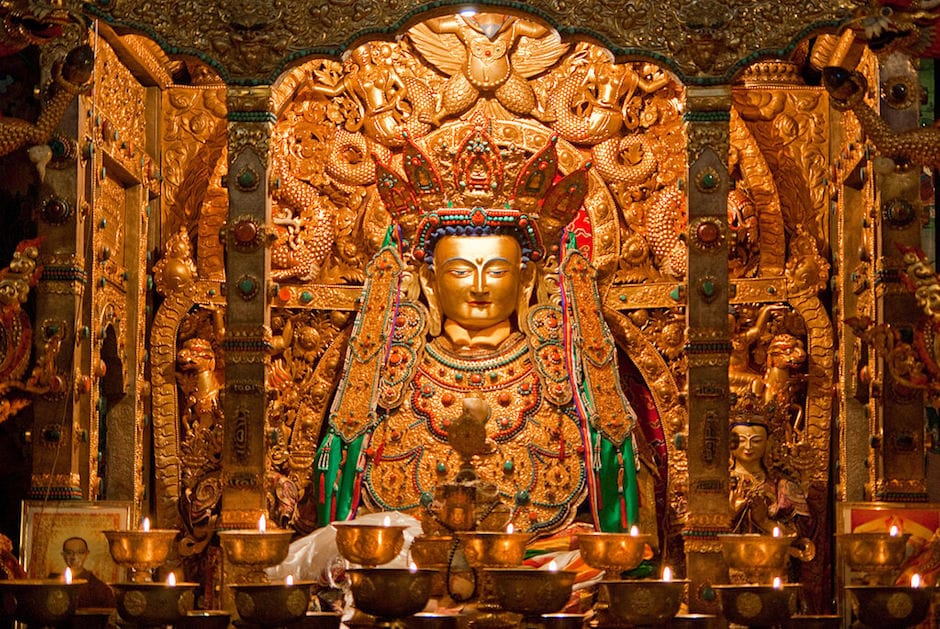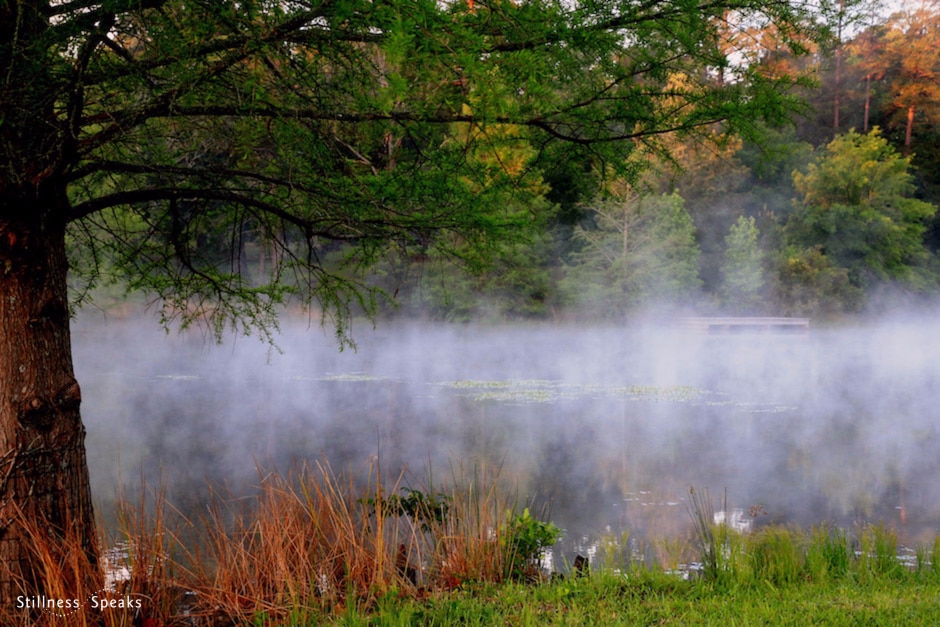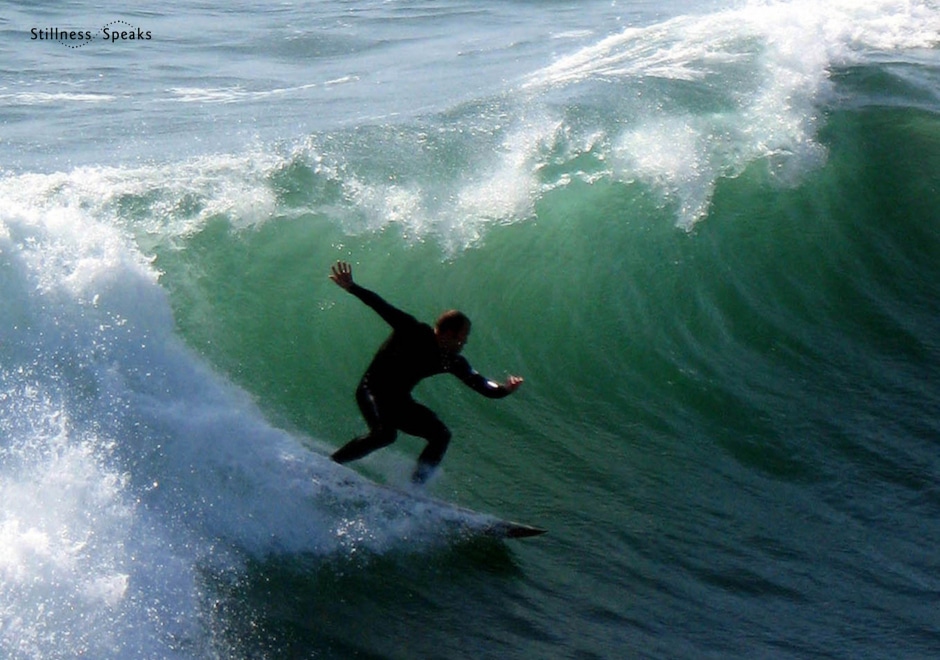“… You are an aperture through which the universe is looking at and exploring itself …” ~ Alan Watts
In previous parts of this series, we asked a fundamental question: Is the Eastern Wisdom of India, Tibet and Japan relevant in contemporary American Culture? …
We began our journey by re-visiting the sixties and seventies in America (Part 1). It was then, in the midst of the Vietnam War, The Black Panthers, The SDS, The Weather Underground and the Woodstock “Peace and Love” generation, that some Westerners, disillusioned by rampant materialism, racism, colonialism and stress at home, “migrated” to India (Part 2), and Tibet, Nepal (Part 3) and Japan.
Fundamentally or at their core, what were they seeking ? .. Maybe it was/is the yearning for “the peace … which surpasses all understanding” (Philippians 4:7 NKJV).
In our previous parts, we offered an overview of the spiritual icons of India and Tibet. Now, we make our last stop – retracing the adventures of Westerners in Japan with Zen.
Later, our exploration of nonduality will continue into China (Chan, Taoism and Confucianism), Viet Nam, Thailand (Kamattan), Sri Lanka and Anatolia, better known as Asia Minor.
Some of our readers/subscribers have written to us about {schools of} Buddhism. Questions arose from our very first post at launch (of our renovated website in June 2016): New Beginnings. One reader asked what the Zen traditions are, noting her personal familiarity with Theravada and Tibetan Buddhist teachings.
We hope that this review of Eastern Wisdom clarifies some of the paths (traditions) available … and assists you in re-discovering your birthright that is beyond any wisdom tradition or “system of knowledge,” i.e., “the peace … which surpasses all understanding”
Perhaps, that inclination may bring you to the practice of Zen, a term defined as meditation itself.
So, in deference to our reader and her questions about Zen, our attention turns to the Western fascination with Zen as practiced in Japan.
Alan Watts is a central thread in the story of Zen in America. Born in Chislehurst, Kent (South-east London), when ill as a child, Alan had mystical dreams which drew him to Far Eastern landscape art, particularly, Chinese and Japanese paintings.
“I was aesthetically fascinated with a certain clarity, transparency and spaciousness in Chinese and Japanese art.”

Following both his inclination to meditative practices and his family’s Christian inclinations, Watts became an Episcopal Priest in 1945 at the age of 30. He resigned the ministry in 1950, partly due to his inability to reconcile his growing Buddhist beliefs with the formal doctrine of the church.
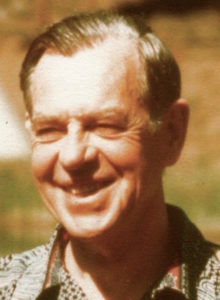
Watts spent time with many contemporary visionaries including the Rinzai Roshi Sokei-an-Sasaki (teacher to his first wife’s mother, Ruth Fuller), the Japanese artist, Saburo Hasegawa, Swiss psychiatrist Carl Jung (teacher page coming soon on Stillness Speaks), Karlfried Graf Durkheim (teacher page coming soon on Stillness Speaks), the American poet Gary Snyder, and Shunryu Suzuki, founder of the San Francisco Zen Center.
To many, Watts was a “lone wolf” thinker and a rascal. He was an important influence in the West, popularizing Eastern Wisdom with his books and appearances regarding Zen. He shuttled between India and Japan, writing and telling stories to an ever curious American audience.
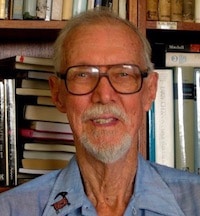
Western interest in Zen Buddhism blossomed in America in the late 50’s thru the early 70’s, as they began Zen training in earnest in Japan. Zen began to flourish in America as these students returned.
So, what was it that so deeply influenced Americans to explore Zen?
In our next segment, we begin to delve into the magnetic mystery and promise of Zen practice as taught in Japan … so stay tuned …
To access all parts of this entire series, please click on the link below
Exploring Eastern Wisdom’s Relevance for the West: a 9-part series
Opening Quote by Alan Watts: Good Reads.
Images (edited): 1) Halo-Nassfeld by Donstruck, CC BY-SA 4.0, 2 ) am Morgen bei – 19 Grad Celsius by dicau58, CC BY-SA 2.0, 3) , 4) Daisetsu Teitarō Suzuki by Shigeru Tamura, Public Domain, 5) Joseph Campbell, late 1970 by Joan Halifax, CC BY 2.0, 6) Collage of: TB Added 7) Phillip Kapleau by Mind meal~commonswiki, Public Domain, 8) Robert Baker Aitken by Tom Aitken, CC BY-SA 3.0, 9) Collage of: TB Added.
